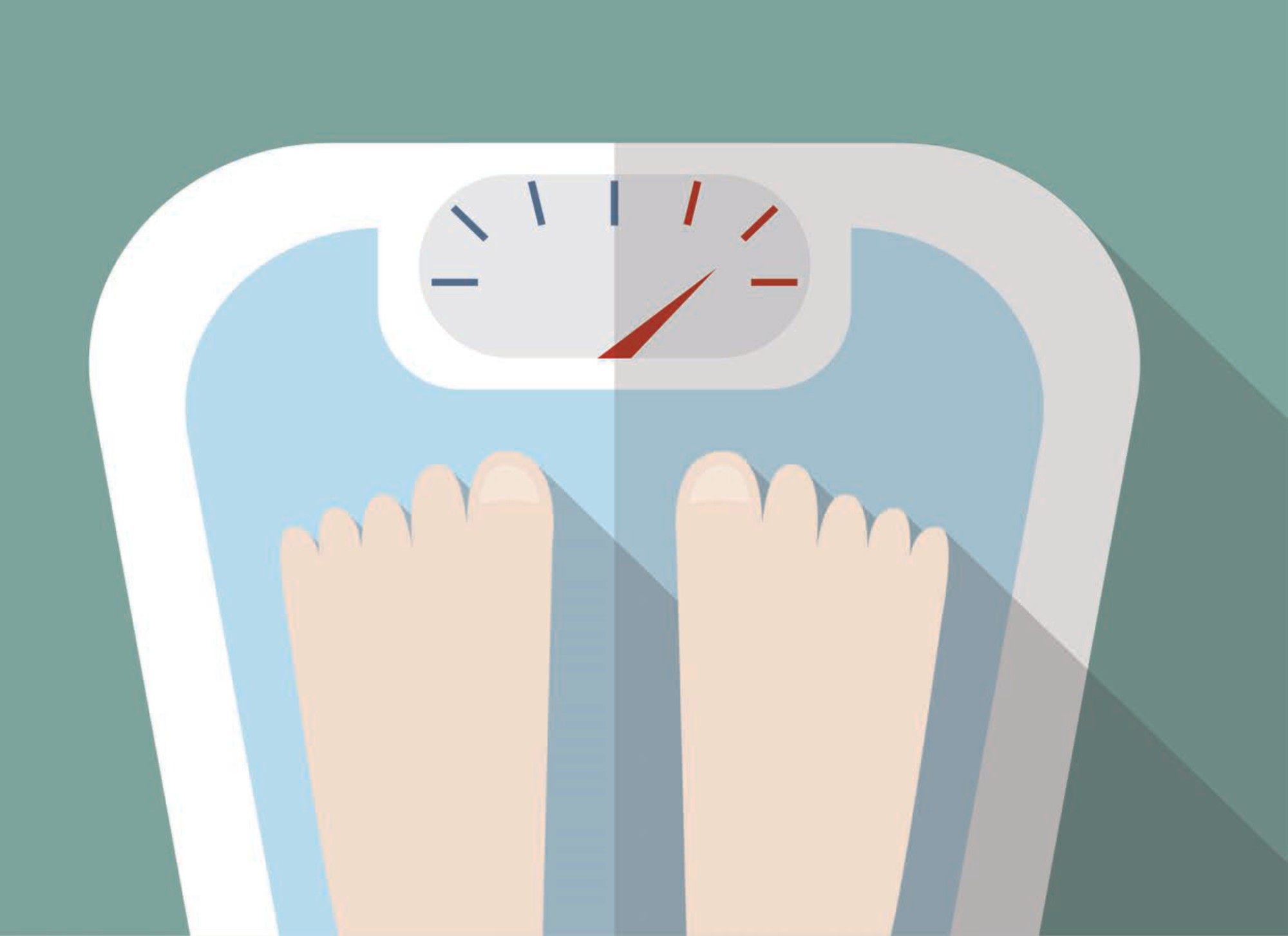This report calls on policy makers to step up the policy response to increase physical activity. Being physically active is one of the most important things people can do to improve their physical and mental health. It helps prevent a range of non-communicable diseases such as cardiovascular disease and cancer, and improves mental health and cognitive functioning, among other benefits. Nevertheless, too many Europeans are physically inactive. One in three European adults do not meet the WHO physical activity guidelines, and almost half never exercise or play sport. The report describes patterns and trends of insufficient physical activity in Europe. It reviews the detrimental impact that current physical inactivity levels have on population health and health expenditure. The report provides policy makers with options to address insufficient physical activity, drawing on case studies from across Europe.
Step Up! Tackling the Burden of Insufficient Physical Activity in Europe

Abstract
Executive Summary
Regular physical activity is one of the most important things people can do to improve their physical and mental health and well-being. It helps prevent a range of non-communicable diseases and improves mental health and cognitive functioning, among other benefits.
Nevertheless, the prevalence of insufficient physical activity remains high in the European Union.
More than one in three adults do not meet the WHO physical activity guidelines, and almost half (45%) report that they never exercise or play sport.
Less than one in five boys and one in ten girls meet the WHO recommended level of physical activity for adolescents.
Women and older people are less likely to do regular sports or exercise, as well as people from lower socio‑economic groups: only 24% of people who consider themselves working class exercises at least once a week, versus 51% of people who consider themselves upper class.
The COVID‑19 pandemic has worsened the situation, with many people reporting a decrease in physical activity due to restrictions and confinement.
More can be done to increase physical activity levels. Despite many countries having stepped up their efforts to promote physical activity, there remain gaps in the policy response.
Increasing population levels of physical activity can have multiple benefits. First, it would have a considerable impact on population health and health care expenditure. Second, policies to improve physical activity levels can support the COVID‑19 recovery by creating a healthier, more resilient population, improving mental health and social connection, and supporting the sports and exercise industry. Furthermore, these policies can have positive impacts on the environment, by promoting active transport, reducing emissions, and increasing green space.
If everyone were to meet the WHO recommended level of 150 minutes of moderate‑intensity physical activity per week, this could:
Prevent more than 10 000 premature (people aged 30 to 70 years) deaths per year – similar to the number of deaths due to COVID‑19 in that same age group in France and Germany combined in 2020.
Increase life expectancy of people who are insufficiently active by 7.5 months, and of the total population by nearly 2 months.
Save European Union Member States 0.6% of their health care budget on average, a total of nearly EUR PPP 8 billion per year – more than the total annual health care expenditure of Lithuania and Luxembourg combined.
A wide range of policy options exist to increase population physical activity, all of which improve population health, reduce health care expenditure, and have a positive impact on workforce size and productivity. However, as physical activity is a complex behaviour, a comprehensive package of policies is needed to target all its drivers at the same time. Investing in such a comprehensive package of physical activity policies is a good investment, delivering larger returns than implementing single policies in isolation.
Related publications
-
 Working paper2 April 2019
Working paper2 April 2019 -
 Working paper20 November 2009
Working paper20 November 2009





